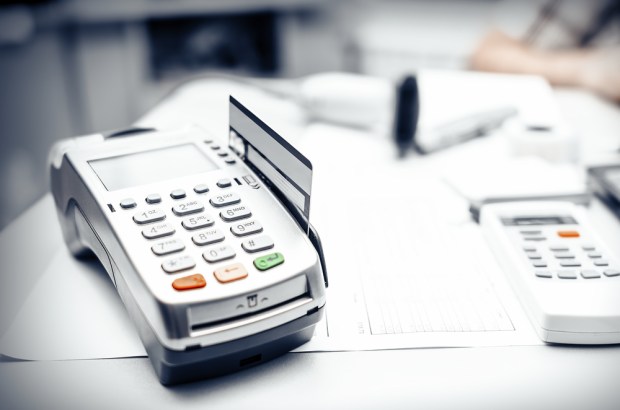Developing Markets See Paycard Acceptance Boom

Developing markets are quickly increasing their rate at which paycards are accepted, according to the latest research by RBR.
The company revealed its “Global Payment Cards Data and Forecasts to 2021” report Wednesday (Nov. 23) with positive news for developing markets. According to the report, regulations, combined with FinTech innovation, are accelerating payment card adoption in these markets.
Last year alone, the number of merchants that accept cards increased by 7 million, hitting 54 million, RBR concluded.
The Asia-Pacific region is a particular hotspot for increased payment card acceptance, where acceptance rates spiked by 29 percent in 2015. China spearheaded this growth, adding 4.7 million new outlets at which cards are accepted last year.
“Whether card acceptance is coming to an area for the first time, moving to lower-value payments or penetrating smaller merchants, the acquiring sector has a remarkable ability to find new opportunities for expansion,” remarked RBR’s Chris Herbert in a statement.
Financial reform led by local regulators is playing a key role in the trend, RBR concluded. For instance, researchers pointed to Malaysia, which introduced new legislation on interchange fees last year in an effort to help merchants accept cards at POS. Kazakhstan similarly introduced new regulation that requires merchants to accept cards.
But growth in payment card acceptance was also high in North America and western Europe, RBR found. These markets are also seeing boosts from regulatory action. RBR highlighted regulation across the EU that caps interchange fees. With the new rules that came into effect at the end of 2015, merchants have a new reason to accept cards.
FinTech innovation is also driving card acceptance among merchants. The rise in contactless payment technologies, for instance, enables merchants to quickly and easily accept card payments for low-value transactions, and developers are rolling out new mobile POS systems that can reach a broader range of sellers and service providers, like taxis and other mobile merchants.
